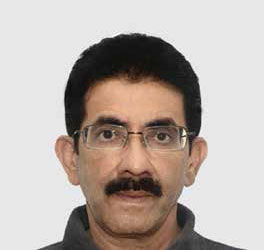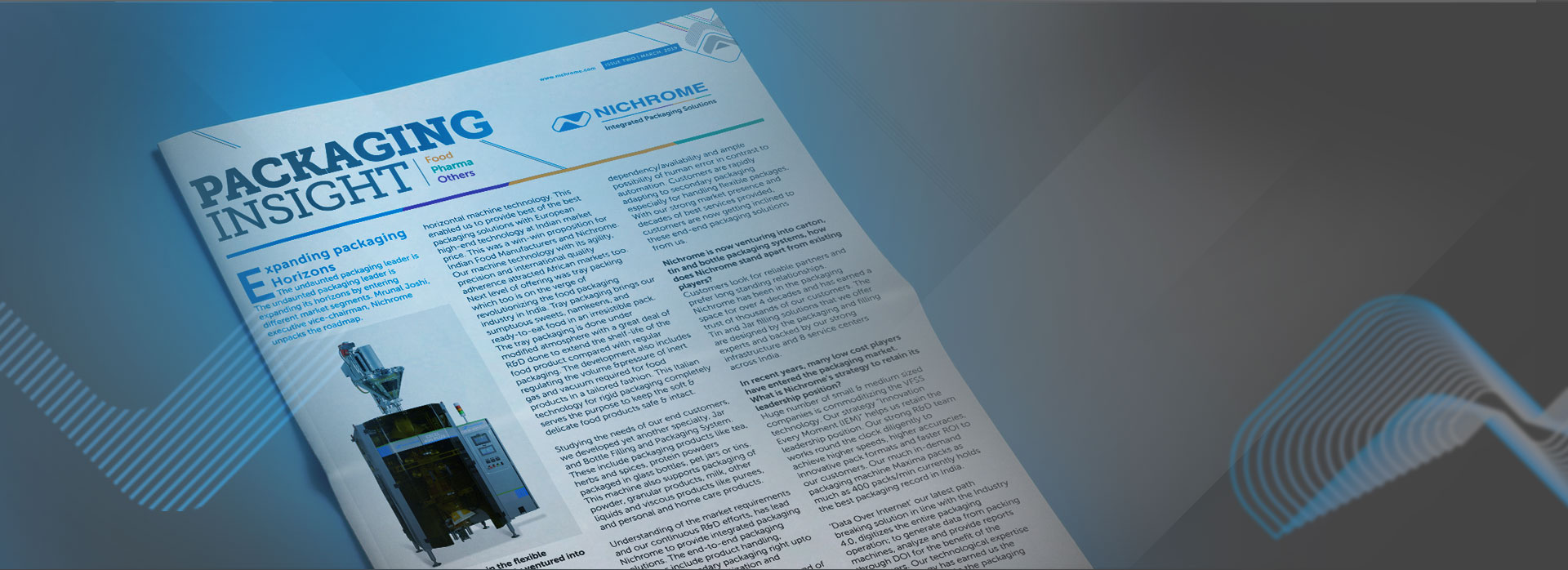Transformation of packaging & packaging materials for future

Mr. Sanjay Chincholikar
Senior Vice President -
Cosmo Films Limited
By definition Packaging encompasses every sector of the economy – everything needs packaging, from herbs and spices to reactors. As a result, it is a huge market, set to reach almost $1 trillion by 2020, up from $839 billion in 2015. There are five main segments – paper and board, rigid plastic, glass, flexible plastic, and cans.
With the newly heightened awareness of the problem of ocean plastic and the speed of recent developments in the fight against climate change, the industry will face growing pressure to make packaging more recyclable and degradable both by simplifying the materials involved and through innovations in design. Plastic, in particular, is likely to be in the spotlight, not just because of its impact on pollution but also because it is made from oil, a fossil fuel that contributes to climate change.
In recent years, large corporations have been pouring millions into developing new ‘smart’ materials and ‘connected’ packaging that differentiates their companies, brands and products. That’s not surprising given the packaging and packaging materials industry is expected exceed $1 Trillion by 2020.
If any industry must live and die by the mantra “disrupt or be disrupted,” it is packaging. Companies that don’t transform will be instantly shut out of these and other markets. The largest corporations have recently set a goal of having 100% of their customer packaging come from renewable, recycled, or certified sources by 2025. Also, they aim to stop using virgin polyester by 2024, and will be using only recycled materials to create their products.
The consumer packaging sector is in transformation as more of the similar package or old designs and appearances are not preferred by consumers. Growing e-commerce is not only increasing the demand for packaging, but it is changing packaging solutions for better. What will be the most important characteristics of packaging when the competition is not on the shelf in a retail store?
There are following trends seen globally, basically to reduce waste, save time, cut material cost, improve marketing and enhance customer experience. They are:
- Reduction in packaging materials – thinner, stronger design, lighter, simpler.
- Packaging closer to manufacture – less empty cartons carried in lorries.
- Smart packaging – Smart packaging provides enhanced functionality that can be divided into two submarkets: Active packaging, which provides functionality such as barrier & moisture control, and intelligent packaging, which incorporates features that indicate status or communicate product changes and other information. It involves combination of specialized material, design, science and technology. The implications of Smart Packaging are enormous in terms of the potential savings to companies and consumers. Consider the key driving forces behind Smart Packaging:
- Safety: For the food and pharmaceutical sector, safety drives decisions. The hazards for these industries are expensive, dangerous and can kill a brand. For these companies, Smart Packaging is like an added insurance policy.
- Brand protection: Increasingly important to companies suffering hits on the grey and black market, Smart Packaging can help verify the authenticity of products. Shelf life: Besides the safety issue, food spoilage is a huge issue. If Smart Packaging can extend the shelf life of a product by just a day, the cost savings are enormous.
- Legislation: More stringent regulations on food and pharmaceuticals are motivating the industry to innovative and find effective ways to help products stay in compliance. Smart Packaging is in its primary stage. The industry will continue to grow, but there are a few barriers to rapid expansion such as money, legislation, sustainability and lack of proven success since Smart Packaging is in its early stages.
- Better recycling – people worldwide are moving away from multilayer, difficult- to-recycle structure to recyclable structure like PP-PP, PP-PE, PE-PE or single layer PP or PE.
- Biodegradeable packaging –e.g. plastics made from starch, more use of cardboard also has been the trend in recent days. Availability of biodegradable substitutes and their cost has been the barrier to growth of this segment.
- Space-saving packaging – e.g. growth of square cartons for drinks is one example; similarly moving from rigid packaging to form fill and sealed pouches, stand up pouches has been expanding a lot. This has not only helped save space but also helped reduce weight of packaging and ultimately saved cost too.
- Customer Returns packaging –improvement in re-seal pouches to keep pace with huge growth of online ordering of, for example, clothes where customers often order several sizes to try on, returning most goods ordered.. This trend has pushed packaging design changes as it demand possibility of repacking and easy operability.
- Better ways to print branding /marketing on plastics e.g. bottles, labels
- Less use of solvent-based inks & adhesive for printing./Laminating. Many of the food and confectionary manufacturers have moved away from use of solvent in printing and lamination. Extrusion lamination is gaining popularity as it all adds to barrier, stiffness and other characteristics of the packaging.
- Consolidation of packaging industry – economies of scale with larger machines, faster turnarounds, next-generation technology. The demand for form fill seal machines is on the rise. Users are looking at high speed and better quality machines having low change over times, better technology, use of robotics and automation. Standardization of machines is happening globally as brand owners who have global presence want to have identical machines globally and service support. Machine manufacturers have identified these needs and have started standardizing machines looking at global requirements, improving their service support. Equipment manufacturers like form fill seal machine manufacturers have started offering tailor made machines for innovative requirement of the brand owner.
Thus...
As the world moves towards more advanced and sustainable methods, packaging manufacturers and consumers will benefit from efforts that will revolutionize customer experience, manufacturing & shipping, and environmental protection. Companies and brands that can anticipate these future trends and incorporate them into their packaging strategies will reap the benefits of being ahead of the curve.
To that end, here’s to an exciting future for packaging!
Food
- Snacks & Namkeen Packaging Machine
- Ready-to-Eat Food Packaging Machine
- Grains & Seeds Packaging Machine
- Milk & liquids Packaging Machine
- Powder Packaging Machine
- Spice Packaging Machine
- Coffee Packaging Machine
- Sugar Packaging Machine
- Oil Packaging Machine
- Salt Packaging Machine
- Tea Packaging Machine

